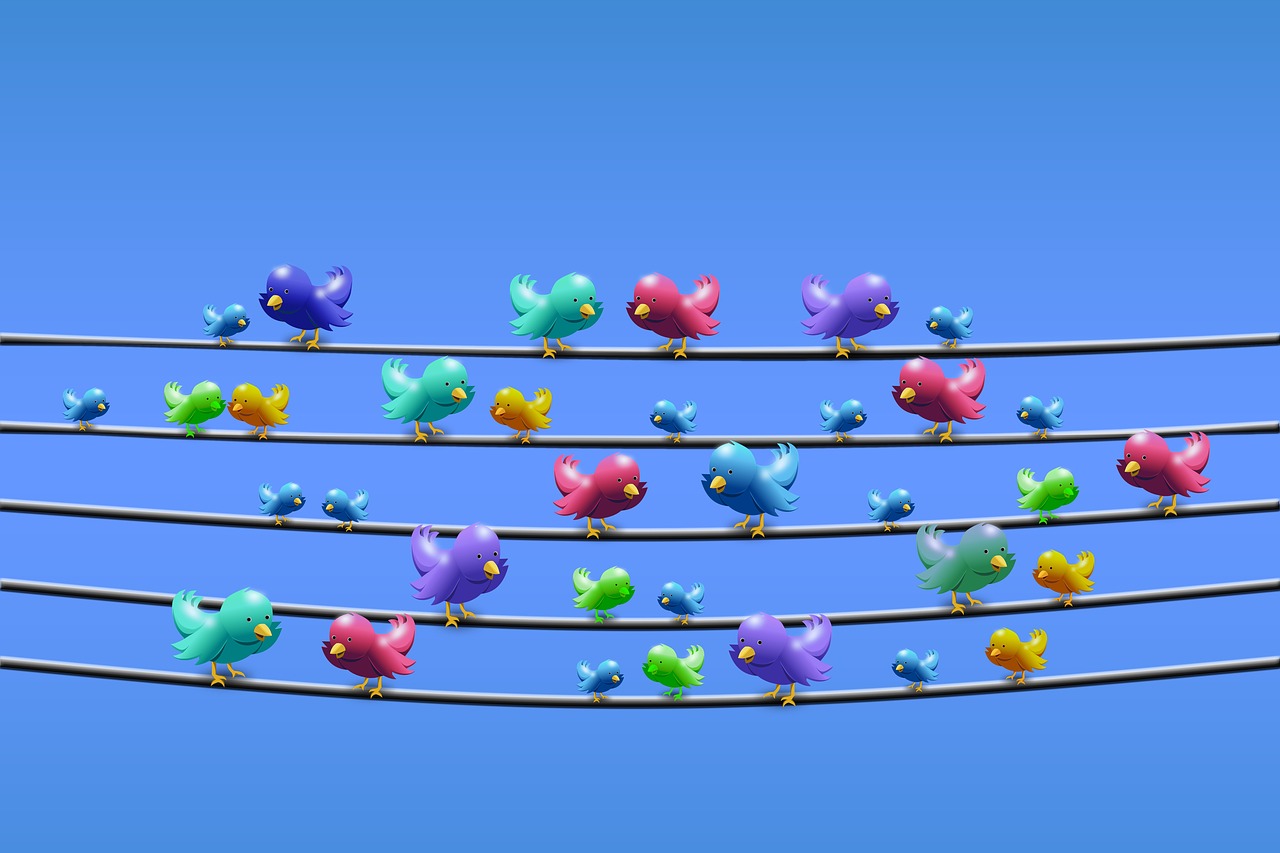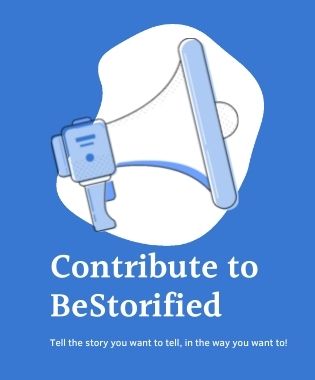Why did Elon Musk dump the Twitter deal?
- August 2, 2022
- Business & Tech
Elon Musk made headlines when he offered to take over Twitter in a $44 billion deal. He already had just above a 9% stake in the company (largest shareholder). Twitter’s board of directors even adopted the ‘poison pill’ strategy to proscribe the buyout. But eventually, they accepted his offer and the corporation was going private. However, this month Elon announced that he will back out from the acquisition citing that Twitter failed to honour their agreement to snuff out the spambot account. San Francisco-based organization promised to take legal action against Tesla Inc. CEO.
People were skeptical about the deal. Some praised the proposal from SpaceX founder and the reforms he has decided for the internet behemoth, a few criticized because of the probable rise in fabrication as well as distortion of information and intimidation on the platform.
The backdrop
Even before buying a stake in the social media company, Elon criticized it for free speech. He even polled his followers with a tweet if the company followed the adage – ‘Free speech is essential to a functioning democracy.’ Early this year Elon started to buy shares and eventually become the largest shareholder. The stock experienced the highest single-day surge in prices since its IPO in 2013. When Twitter invited him to be a board member, it was believed that if Elon joined the members his ability to be verbal about the Parag Agrawal-led company would be limited. The Paypal co-founder rejected the offer and instead Musk proposed to buy the whole company at $54.20 per share on 14 April. It was declared a hostile takeover and the board adopted a ‘poison pill’ strategy to discourage the buy-out.
After all the headlines, the board decided to sell the social network to him at the price he had proposed – $44 billion. In addition to a $21 billion stock pledge from the billionaire himself, Musk’s initial offer from lenders like Morgan Stanley contained $25.5 billion in borrowing and large loan funding. The fundraising changed as Musk added additional equity investors in the following weeks. In addition, he took forth a $6.25 billion margin debt against his Tesla stock, despite his efforts to replace it with preferential equities.
However, on July 8 he announced the termination of the acquisition as Twitter was indulging in ‘material breach’ by backing from the agreement of giving spambot data and dismissal of senior employees. The company’s board will pursue a lawful action against Elon Musk, to complete the deal.
Poison Pill Strategy
You must be wondering what is this strategy that we are mentioning again and again. The term “poison pill” or “Shareholder’s Rights Plan” is a preventative tactic employed by a business to protect itself from being wholly bought. This strategy is used by the target business to appear less desirable to the potential buyer.
The “flip-in” and “flip-over” poison pill strategies are the two main varieties. The most popular tactic is the “flip-in” poison pill tactic. As a result, the stockholders can purchase the freshly released units at a reduced price. The new securities may be purchased by any current shareholder, excluding the buyer. Old investors profit from this, while the buyer loses out because the ownership dissolves.
Once the business has been sold, the existing shareholders may purchase shares at a discount thanks to the “flip-over” method. The typical poison pill (flip-in) method focuses on the public release of new shares, but this one could saturate the markets with additional stocks if someone purchases well over 10 percent of the company.
Hopefully, you have understood what exactly the directors of Twitter did to avoid the hostile takeover by Elon Musk.
Why the deal was killed?
The withdrawal is a major turning point in a mid-story that started with Musk amassing an ownership position, setting up an intricate credit line, and then concluding a settlement in April. With a rejection letter delivered on Friday, Musk found that the organization had misled people about the number of fake identities classified as botnets using its system. He claimed in a company statement that after repeated demands, Twitter had refused to divulge details regarding phony or spam accounts using its network. Additionally, Twitter omitted details regarding how it finds and suspends users. This data is essential to Twitter’s performance and profitability and is required, to complete the bank transfers envisioned by the New Partnership. It is required that Twitter satisfies the closure requirements, to make it easier for him to finance as well as plan the payment, and start planning for the risks involved in the new company. Musk had alleged in the past that Twitter was concealing the total figure of spammers and phony accounts. It might be 4 times as much as Twitter has stated, or perhaps more than 20%. The CEO of Twitter refuted his assertions and offered evidence for only 5% of the robot profiles. Such accounts are made to publish information to a big audience and influence how they use the platform. Twitter claimed that it eliminates up to one million similar handles daily.
Can Elon be forced to buy Twitter?
A clause in Musk’s arrangement with Twitter stated that, within certain conditions, the side breaching the contract will be obligated to pay a cancellation fee of $1 billion. Constitutional lawyers have disagreed on whether the dispute concerning botnets is sufficient for Elon to withdraw from the agreement. Musk, though, might not be allowed to leave his position by only submitting the cancellation fee. As per the initial filing, the takeover contract constitutes a specific and measurable clause that enables Twitter to compel Musk to complete the transaction. Thus, should the transaction stand up in court, Twitter could instead obtain a ruling compelling Musk to finish the purchase than financial compensation for any infractions of it. The business has reaffirmed its intention to use that route.
If Twitter is successful in convincing a judge to order Musk to proceed with the acquisition, the April 25 announcement might still rank among the largest leveraged buyouts in history.
Considering the way SpaceX’s founder operates, Twitter’s board will find it difficult to force a deal conclusion. The saga will take time to end and no one knows if the company will get a new owner or if it’ll continue like this.
If you want to share anything on a topic you care deeply about, send us your submission. Here are the guidelines.
- Proven Methods to Increase TikTok Followers Fast and Easily
- Five Types of Non-fiction that Even Fiction Lovers Will Enjoy!
- Do Likes Really Matter on TikTok? 7 Essential Factors You Should Know
- Blogchatter Turns 9: Paresh’s logo stole the show!
- How Sunita Williams keeps defying gravity, not just in space






